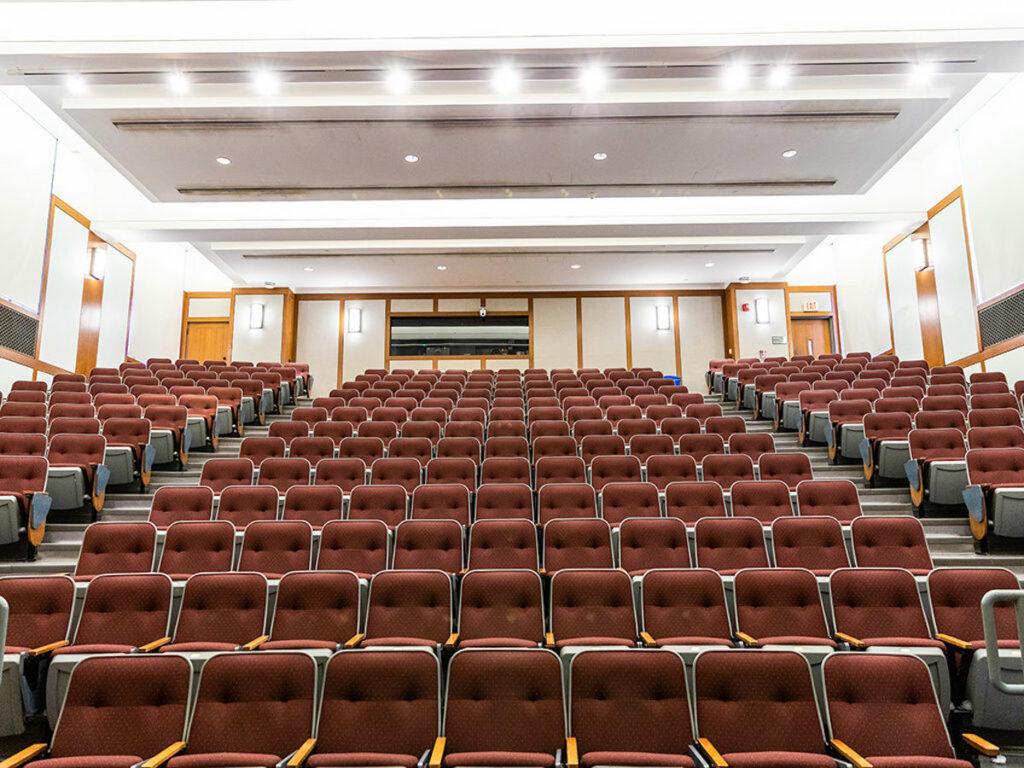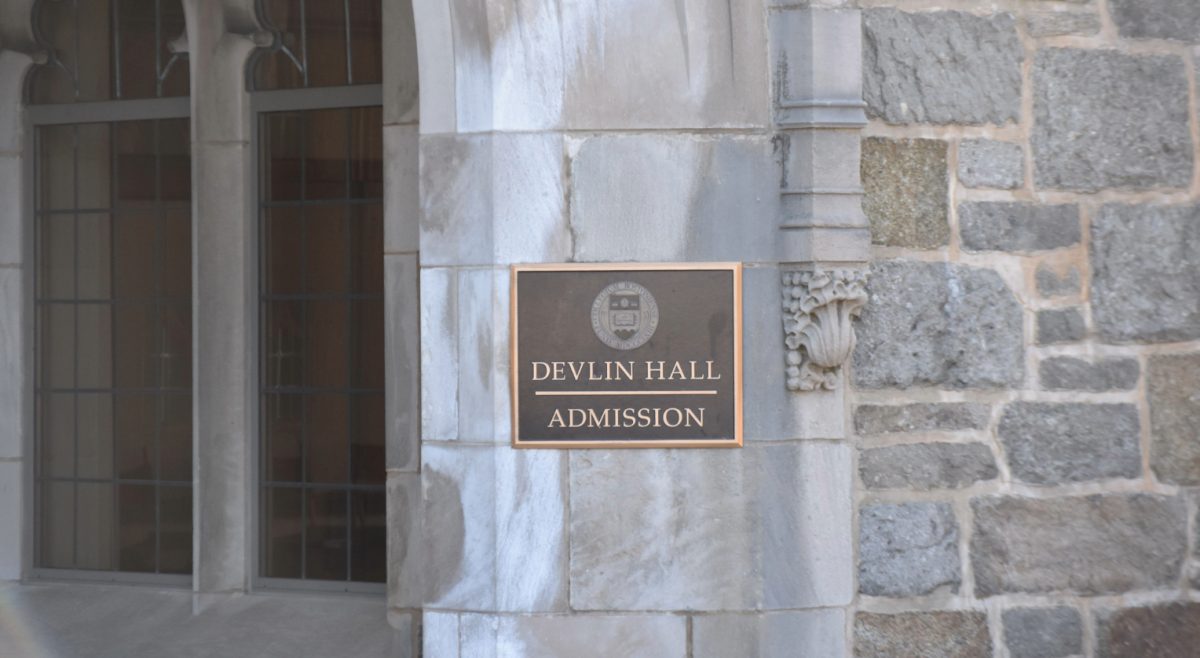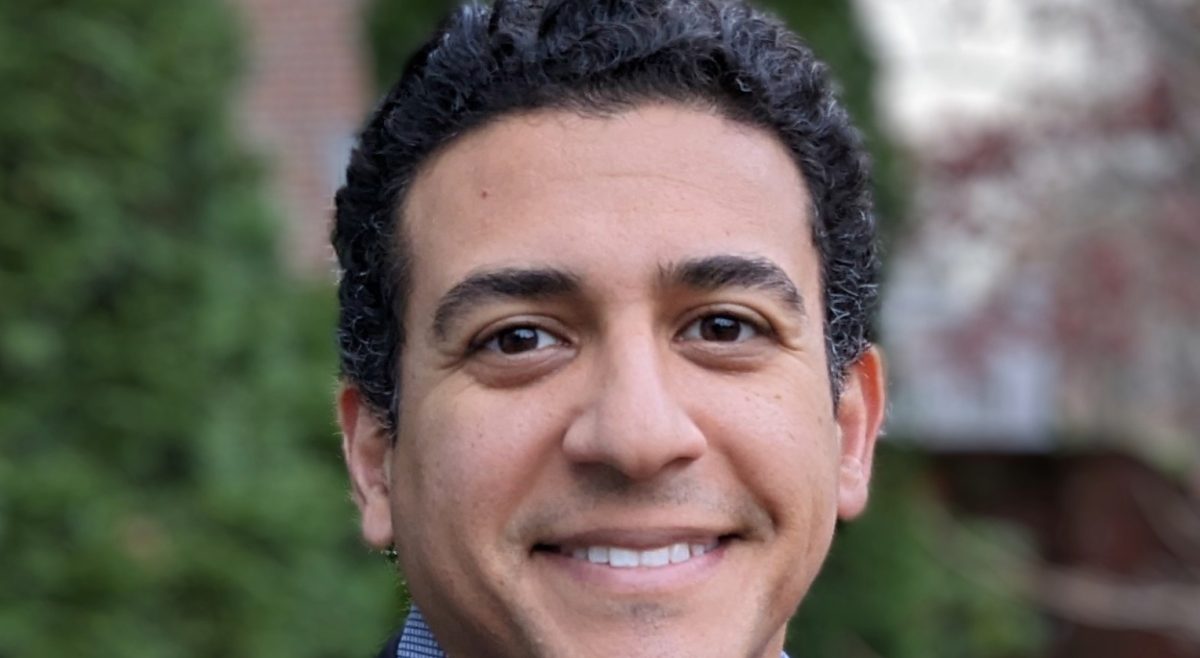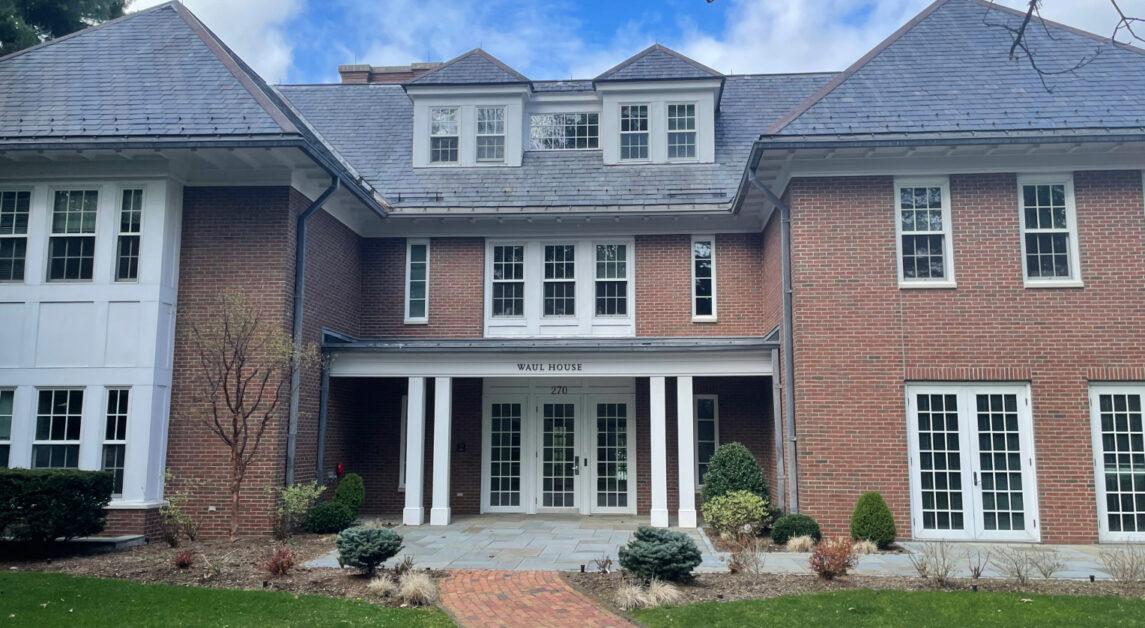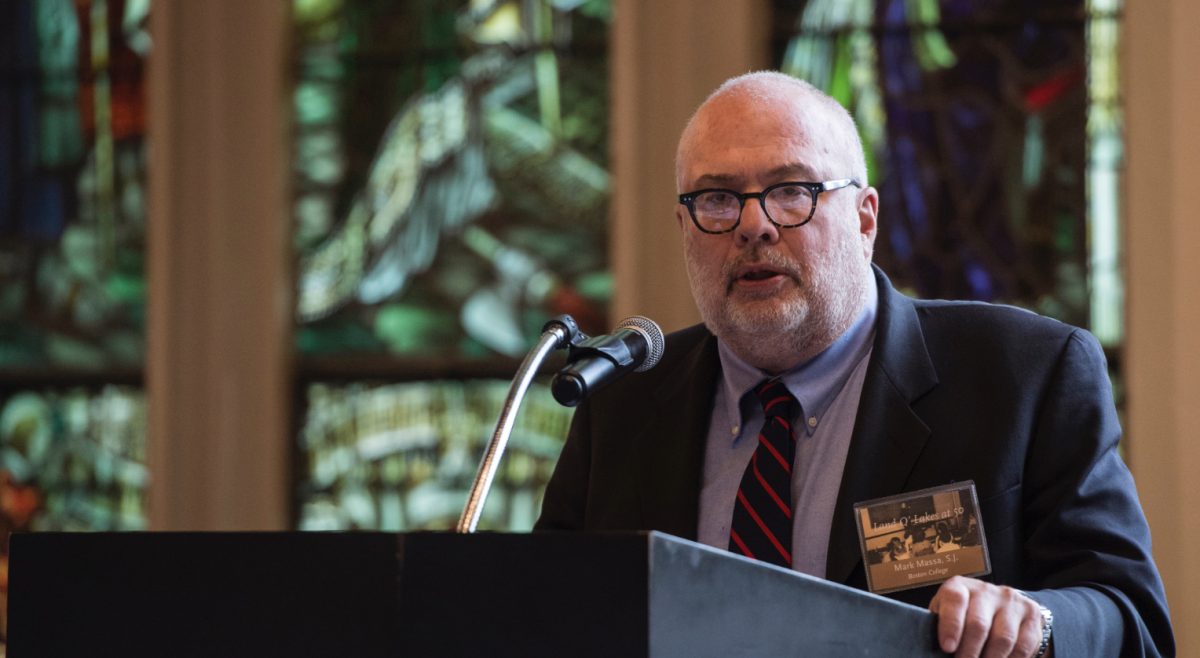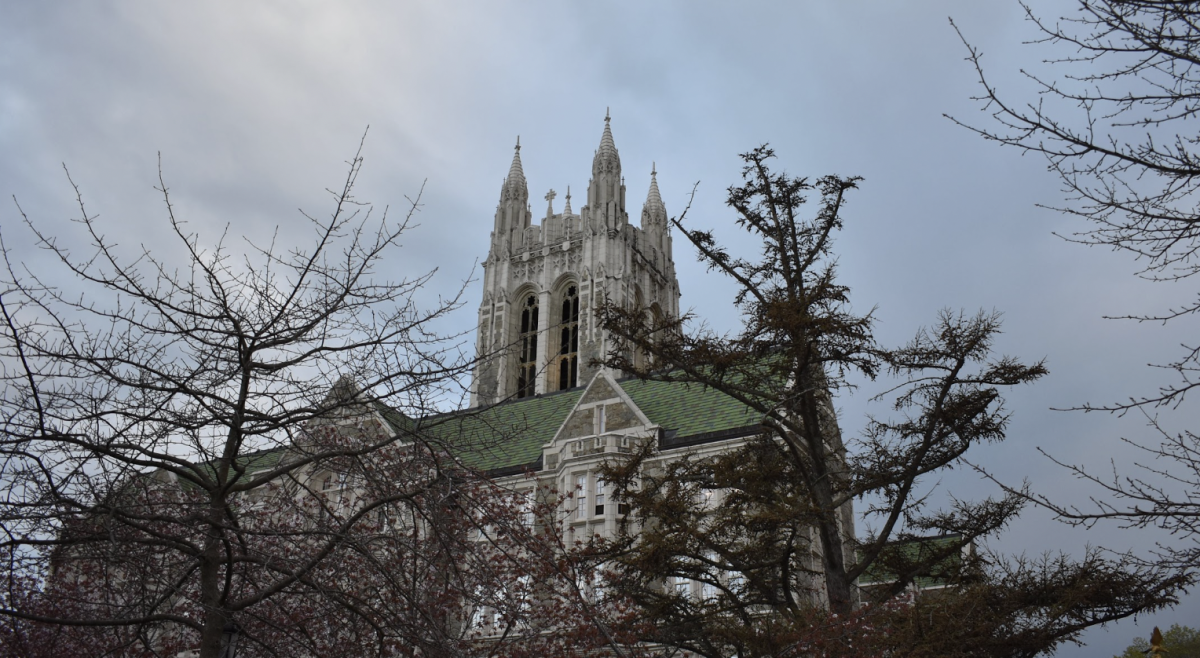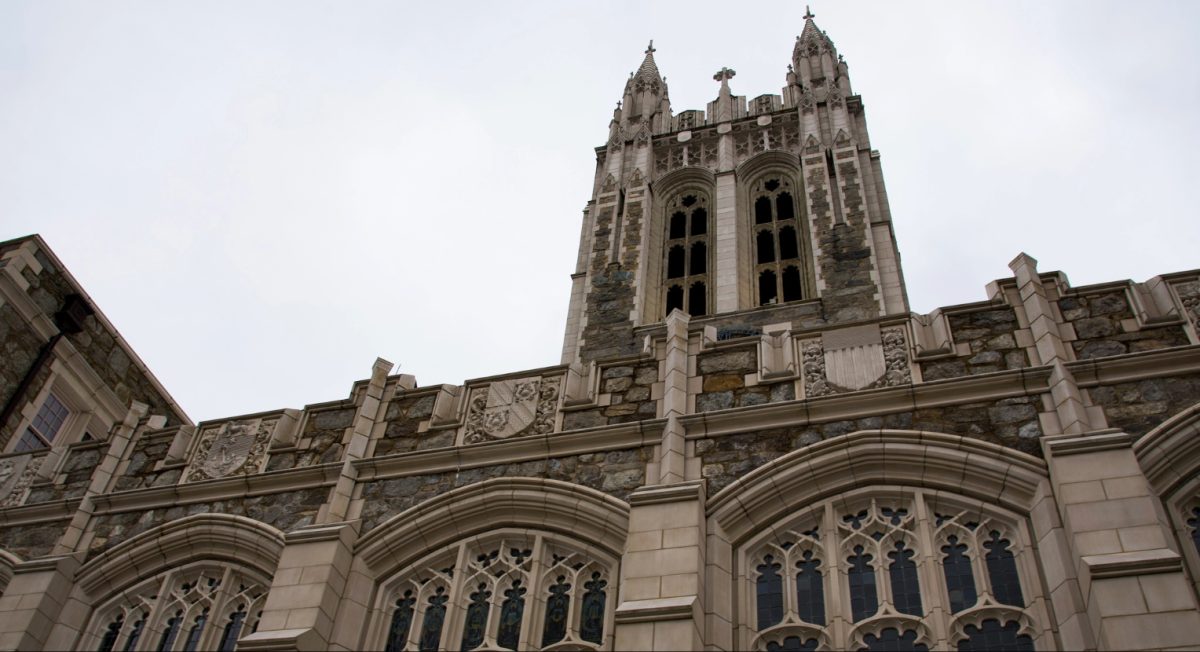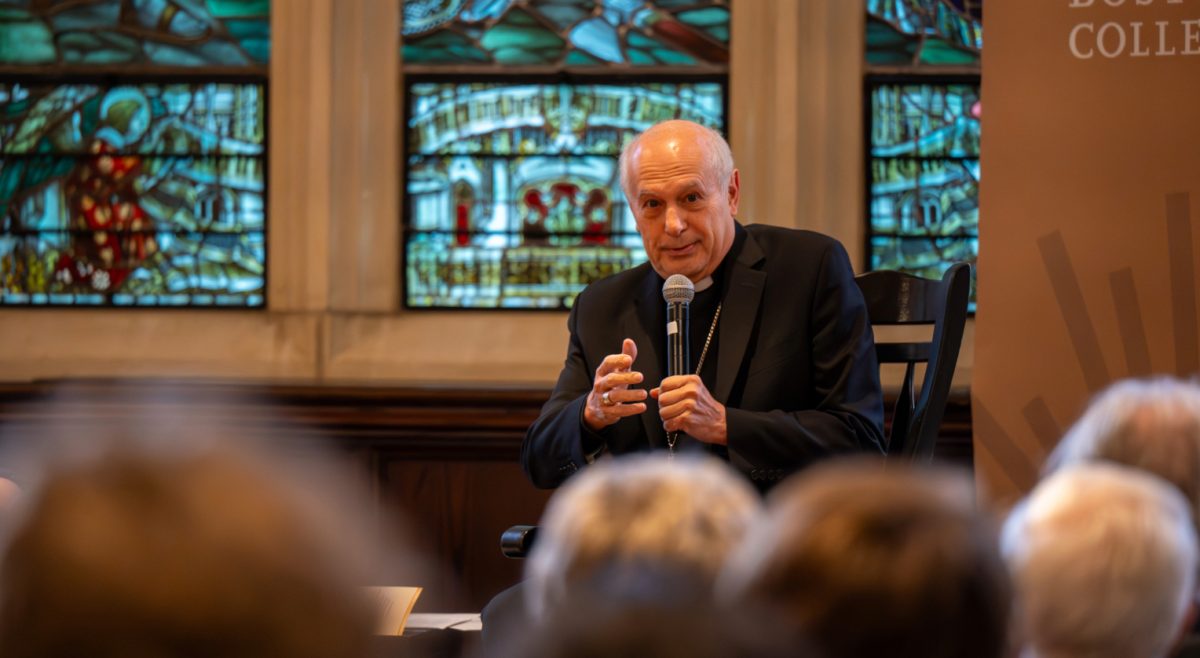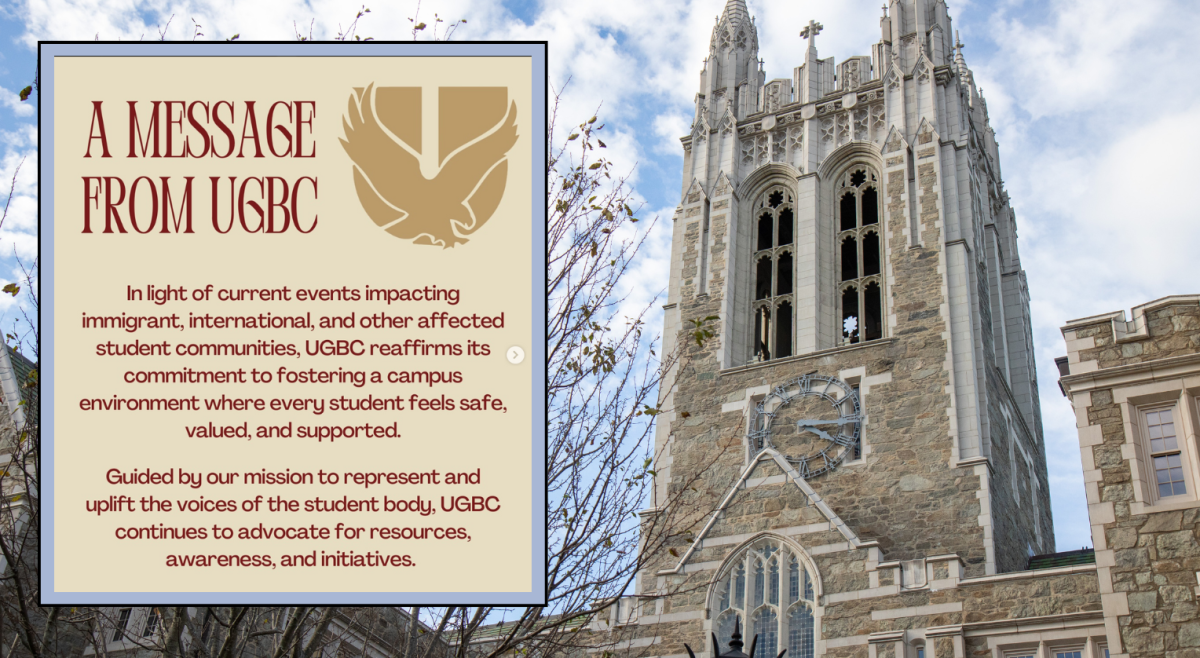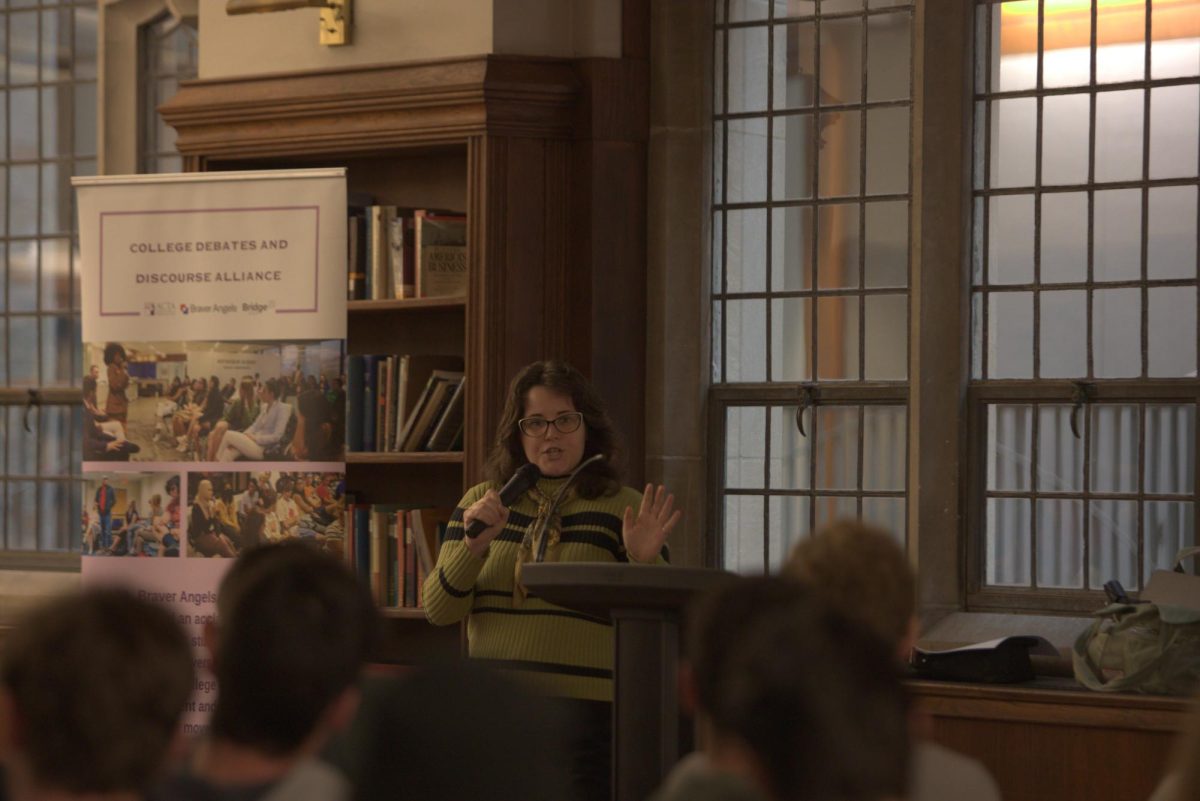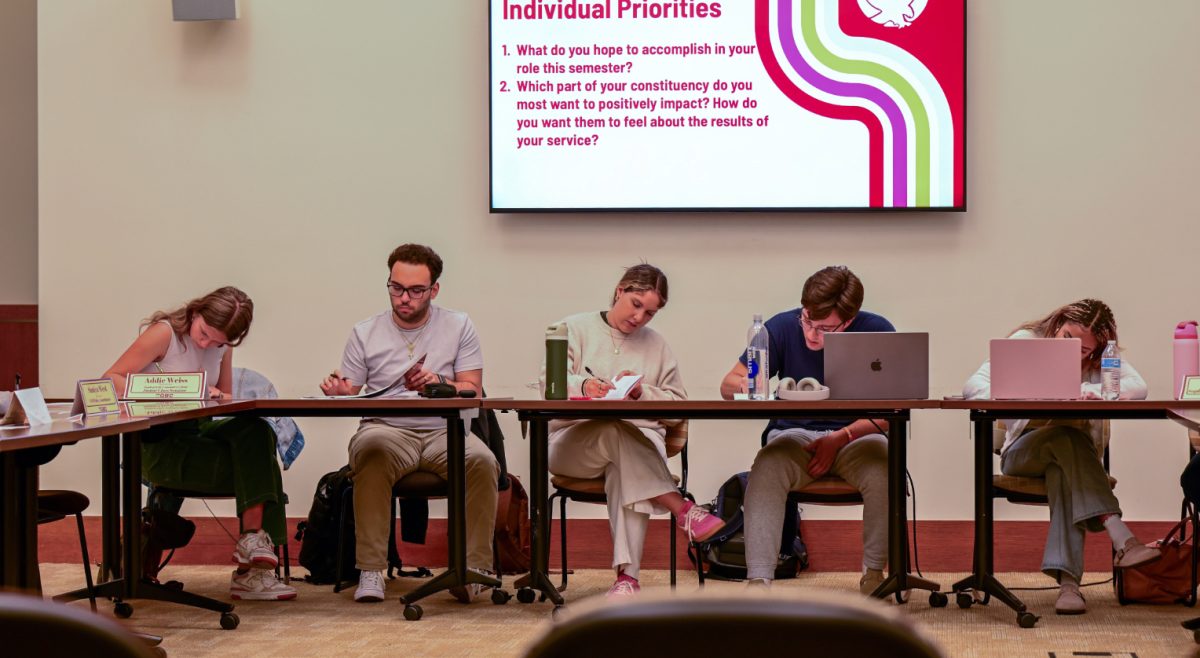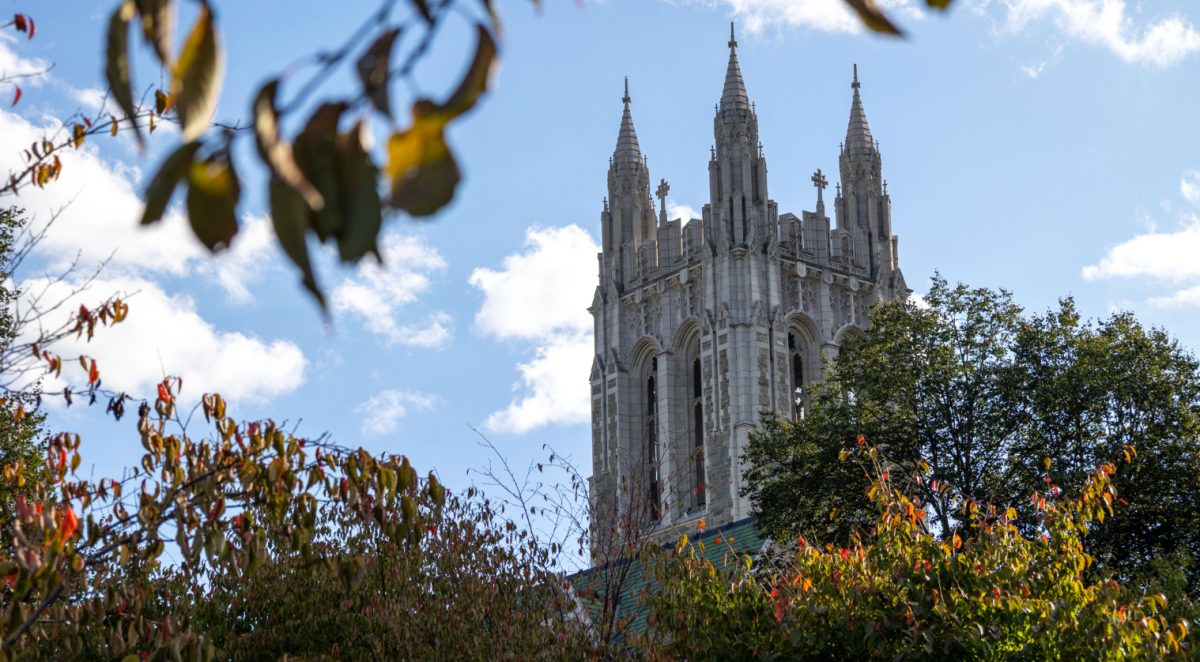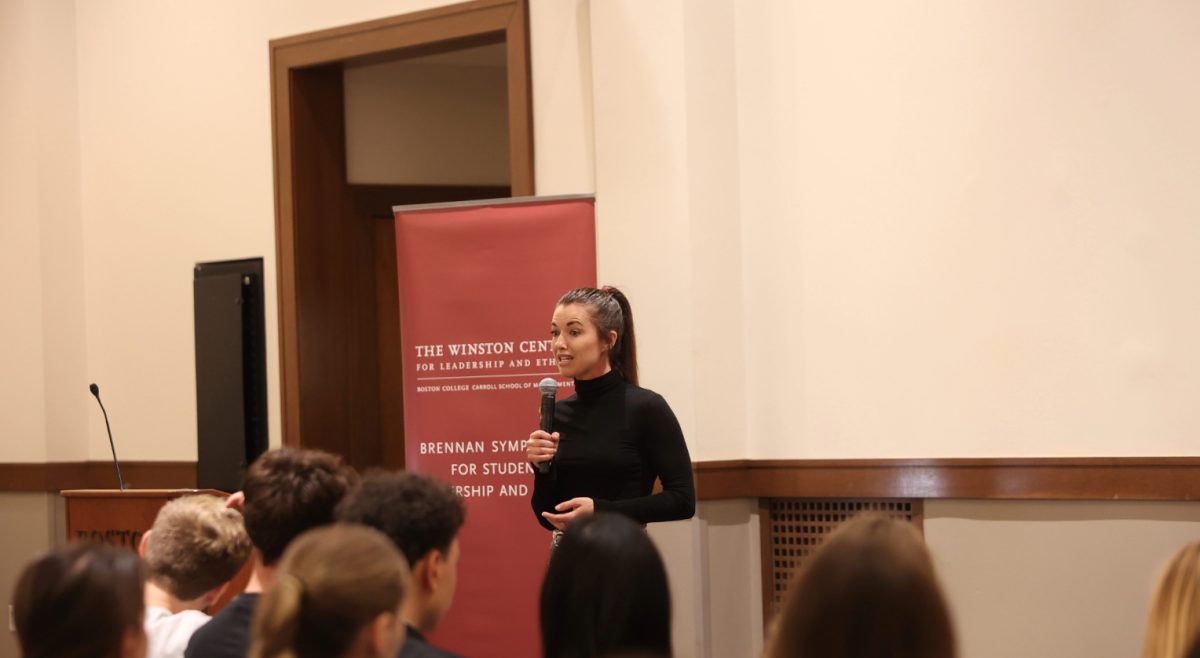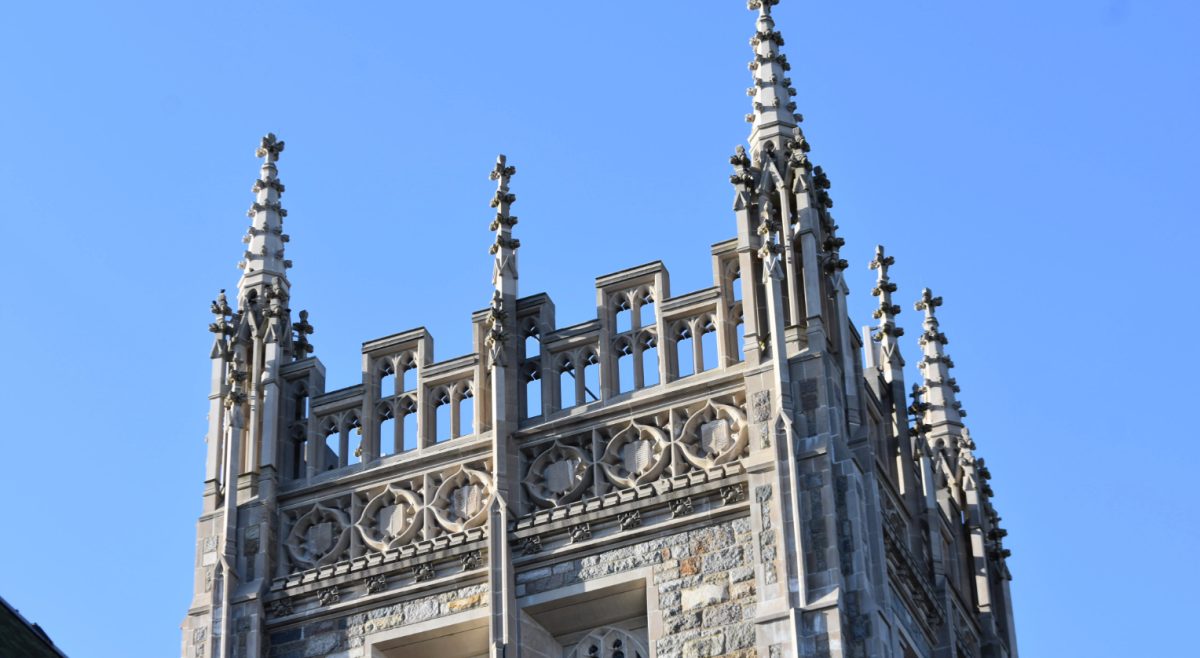The minor, according to Angela Ards, an English professor and the program’s director, has two main goals for its students. The first is to give students a set of skills, particularly in writing, that they can take into the world regardless of the profession they choose. The second is to train students to become strong journalists.
“We’re hoping to train journalists, at a time when journalism is sorely needed,” Ards said. “Good, strong, reliable, trustworthy journalism is needed in our country.”
Prior to the introduction of the journalism minor, the only option for students to pursue journalism as a course of study was to minor in American studies with a concentration in journalism, and students could take courses with many leading Boston-based journalists.
The journalism minor built on the American studies program in two ways. It updated the requisite classes to better reflect the current digital age, adding subjects such as podcasting, writing for digital platforms, and data journalism. The program also introduced “critical” courses, which are courses that are cross-listed with other programs and departments at BC and intended to give students a broader understanding of journalism.
“We built on our strength, which is those craft courses, but we are building the liberal arts model around it,” Ards said. “As a field of study, we are making it more interdisciplinary.”
Students’ reactions to the program have been positive, Ards said, and interest in the program has remained high. As a result of high levels of student interest, students must apply for admission into the program. There are 30 open slots each year, with capacity limited by the fact that each semester, the program only offers one section of the required senior seminar, which is capped at 15 students.
“Interest in the program still outpaces the number of slots for each year,” Ards said. “We still have enough interest … to continue our admissions program, but not yet enough to add more professors to teach more seminars.”
One difference in the program since its introduction has been in its application, which was only offered in the spring. The program’s application is now offered in the fall, which Ards said was because she did not want students interested in journalism to sign up for other minors because they didn’t want to wait until the spring.
“I felt like we were missing out on people who would express interest but then once they were delayed, they would choose another minor,” she said. “So we want to make sure we catch everyone when they are interested as soon as they are.”
Another change to this year’s journalism program is its collaboration with the Institute for the Liberal Arts to bring in journalist Carla Murphy for a year-long fellowship. Murphy, who has been published in The Nation, The Daily Beast, and The Columbia Journalism Review, among other publications, currently teaches a class called “The Role of Class in U.S. Journalism.” Ards said she sees Murphy as someone who reflects a trend in journalism that is bringing back community-based writing.
“[Journalism] began as a vehicle for community building,” Ards said. “Then we got into this moment where it was way more distant from community, [but] we’re switching back. … There is this new wave of journalists who have this particular mindset, and she’s reflective of it.”
Ards said that students involved in the program have seen success outside the classroom, noting that students have gotten internships at local radio stations and papers such as the Dorchester Reporter. Among students from the Class of 2020, the program’s first cohort of graduates, two have gone on to graduate school at Columbia University, one works for The New York Times, and others are doing journalistic writing in industries such as advertising, Ards said.
“We don’t expect every journalism minor to become an active journalist … so we feel like, from this first pilot, that kind of success is what we are looking for,” she said. “We want people to go and use their journalism skills in some concrete way in terms of career or we want them to go to grad school and do more professional studies.”
Ards’ main hope for the future of the program is to enhance the interdisciplinary nature of the curricula, such as by adding more science-related courses and adjunct professors. In this vein, Ards is working on a new class called “Telling Difficult Stories,” which will focus on reporting catastrophes and health crises such as the COVID-19 pandemic.
Still, Ards is looking to develop relationships with even more departments and programs on campus, such as by adding more journalism classes cross-listed with the political science and history departments.
“I really feel like we met our initial goals of updating the craft courses, creating this core of critical classes surrounding it, those interdisciplinary classes,” Ards said. “Now, we want to expand those interdisciplinary classes.”
Featured Image by Jess Rivilis / Heights Editor

